The trademark or logo of the tyre manufacturer is clearly identified on the sidewall.
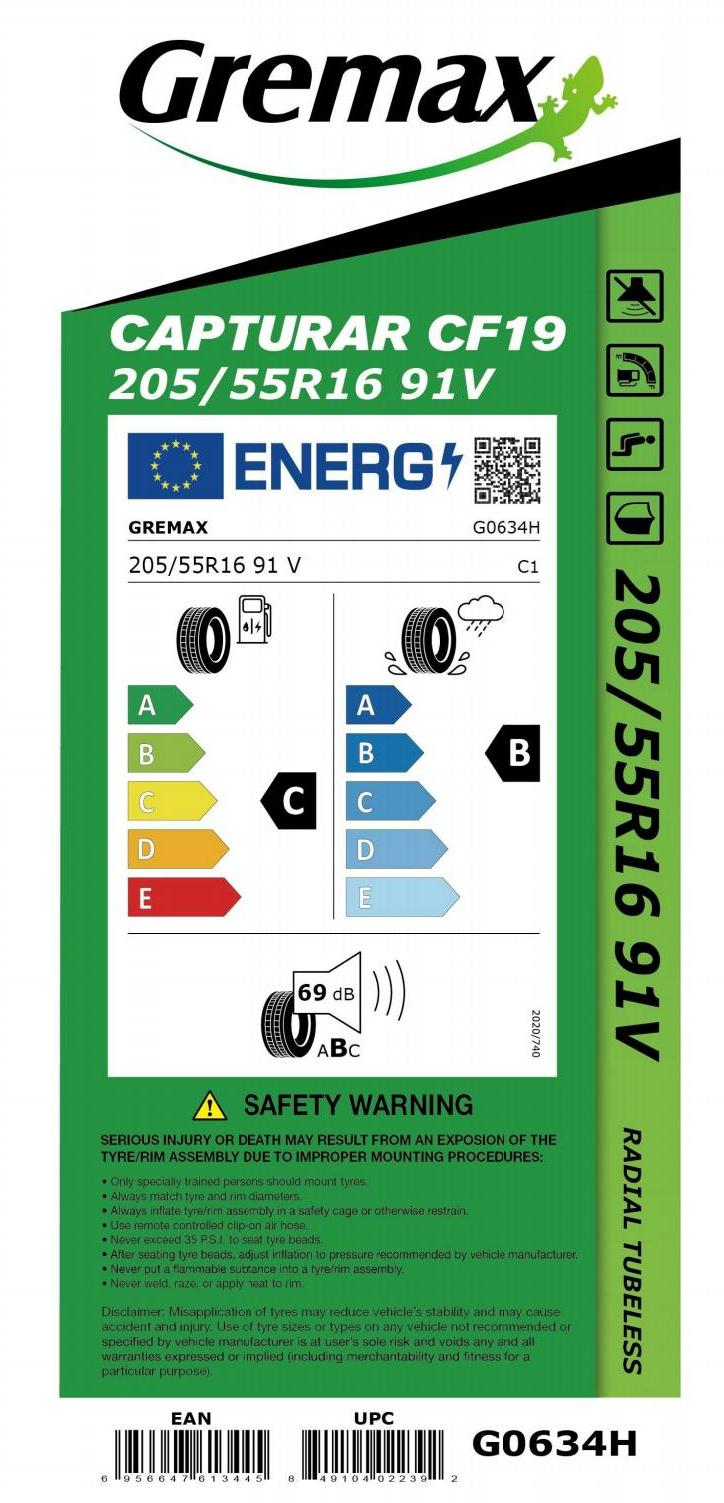
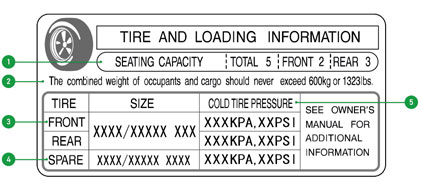
The trademark or logo of the tyre manufacturer is clearly identified on the sidewall.
All tyre manufacturers have a range of tread patterns unique to their brand. The name given to the pattern of the tyre is the range that the tyre has come from. This can be useful if you needed to replace your tyre and wanted to find a similar or identical tyre to replace it with.

3-digit number that gives the approximate tyre width in mm. It measures from sidewall to sidewall. Typically, the higher the number the wider the tyre.
Radial tyres are the industry standard and refers to the internal belts being 90 degrees to the direction of travel.
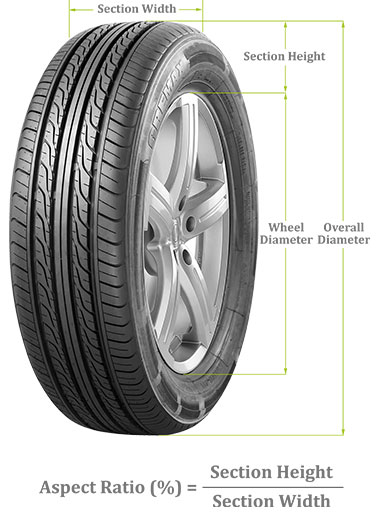
2-digit number that gives the approximate sidewall height. It is expressed as a % of the tyre width. The lower the ratio, the smaller the sidewall height.
2-digit number (in inches) that indicates the tyre is designed to fit on a wheel with a 16-inch diameter.
2-digit number that indicates how much weight the tyre is certified to carry at maximum safe inflation.
1 letter or 1 letter/number combo which indicates the top speed at which a tyre is certified under specified conditions.
2-digit number that indicates how much weight the tyre is certified to carry at maximum safe inflation.
1 letter or 1 letter/number combo which indicates the top speed at which a tyre is certified under specified conditions.
An E with a number in a circle assigned by the Economic Commission for Europe, that declares the tyre meets the minimum safety requirements of all directives applicable in the EU.

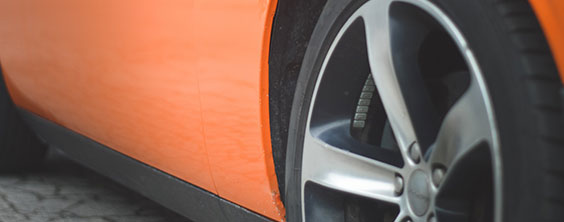
Tyre factory, tyre size and type

Date of manufacture (week/year): 2013 means the 20th week of 2013
A number of small raised bars run across the main grooves. The bars have a height of 2/32", (1.6 mm) and gradually become level with the rest of the tread as the tyre wears.
The China Compulsory Certificate mark, commonly known as a CCC Mark, is a compulsory safety mark for many products imported, sold or used in the Chinese market.
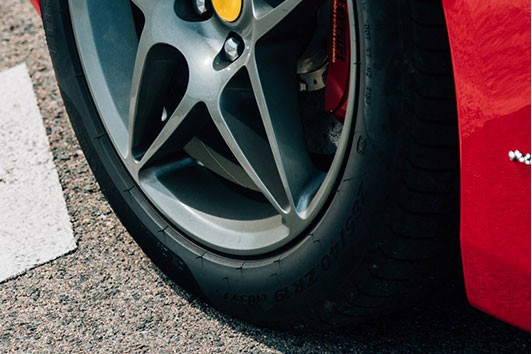
This assures that your tyre complies with all United States Department of Transportation (DOT) safety standards.
Factory code: The first two numbers or letters are the plant code where it was manufactured.
Date of manufacture: The last four numbers represent the week and year the tyre was built. For example, the numbers 3716 mean the 37th week of 2016.
Discretion code: The other numbers in the middle are used at the manufacturer's discretion as tyre size and type code.
An E with a number in a circle assigned by the Economic Commission for Europe, that declares the tyre meets the minimum safety requirements of all directives applicable in the EU. This marking is followed by a multi-digit homologation number, e. g. E9 or e9 (9 = Spain).
Information for consumers based on comparison values with standard reference tyre (standardised test procedures), indicating:
U.S. load rating for max. load: 615 kg per wheel = 1356 lbs
U.S. limit for max. inflation pressure: 51 psi (1 bar = 14.5 psi).
Tubeless tyres as the name suggests have no tubes. The air is directly pumped into the tyre which acts as a combination of both tube and tyre.
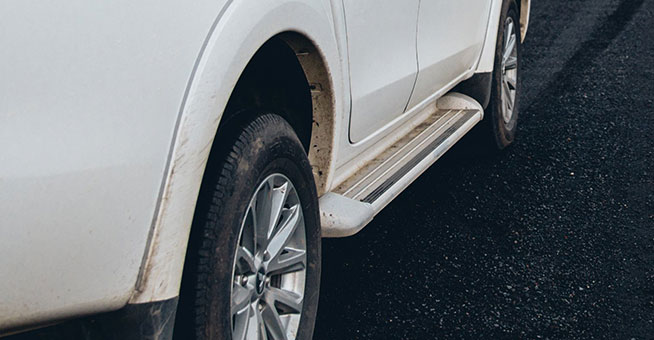
Most tyres are marked with the name of the country or national geographic area where they were manufactured.
It marks the tyre with the feature of having a good traction on Mud and Snow, but it does not qualify the product as a winter tyre.
The three peak mountain snow flake symbol proves the minimum required performance in winter conditions, the so-called snow grip index under the EU regulation 661/2009.
The treadwear grade is a comparative rating based on the wear rate of the tyre when tested under controlled conditions on a specified government test track.
The traction grades, from highest to lowest, are AA, A, B and C. They represent the tyre's ability to stop on wet pavement as measured under controlled conditions on specified government test surfaces of asphalt and concrete.
The temperature grades, from highest to lowest, are A, B and C. These represent the tyre's resistance to the generation of heat when tested under controlled conditions on a specified indoor laboratory test wheel.
A typical tyre's basic construction materials are usually presented as follows:
From the 1st of November 2012 new car tyres must display a tyre label. This is ruled by European legislation, as specified in the European tyre labelling regulation (No. 1222/2009) that applies to private car tyres (C1), light van tyres (C2) and light commercial vehicle tyres (C3), with a few exceptions.
The intention behind this labelling is to increase both the economic and environmental efficiency of road transport through the promotion of safe, energy-efficient and low-noise tyres. The label affirms how efficient, environmentally-friendly and safe the tyre is. This information can assist your choice in tyre.
In order to help you make an informed choice, the EU Tyre Label rates a tyre's performance in three key areas: fuel efficiency, wet grip and noise emission.
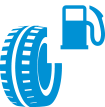
A vehicle’s fuel consumption depends on factors such as engine type, speed, road surface type, weather conditions, etc.
The rolling resistance of tyres is responsible for around 20% of fuel consumption.
Reduced fuel consumption signifies lower fuel costs and less CO2 emissions.
It’s useful to know that the difference between category A and category G can, for private cars (C1), amount up to 7.5%, and up to 15% for light commercial vehicle tyres (C3).
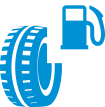
This measures and rates a tyre's performance in wet driving conditions
A tyre’s grip on a wet road surface can vary due to, among others: the vehicle type, weather conditions and the tyre profile.
Tyres with better wet grip performance deliver shorter braking distances on wet roads
It’s useful to know that the braking distance of a category A tyre will in practice be around 18 metres (30%) shorter than a category F tyre, upon maximum braking.
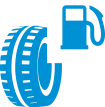
External rolling noise means the traffic noise caused by the tyre.
A tyre's exterior noise is measured in decibels.
The graphic symbol displays one black sound wave for the quietest performance, and up to three black sound waves for the loudest.
It's useful to know that the noise level of a three sound wave rated tyre will be literally three times that of a single sound wave rated tyre.
The tyre and loading information label is found on the inside of the driver's door jamb. The label provides with a lot of important information about your tyres, about the load limits on your car, the tyre pressure and a lot more.
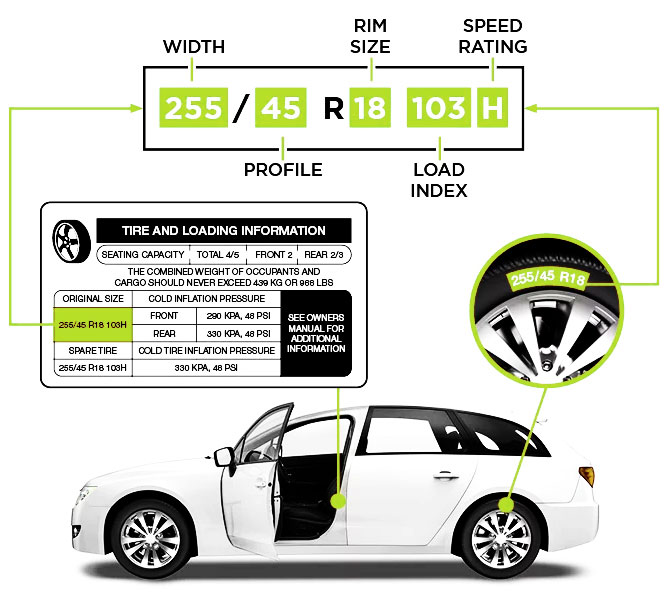
The maximum number of occupants that can be seated in the vehicle, and where seating is located.
The total amount of weight the vehicle is rated to carry.
The size of the tyres originally installed on the vehicle at the factory.
The size and air pressure for the spare tyre.
Inflate the front and rear tyres to this pressure when the tyres are cold.
Tyres are considered cold after the vehicle has been parked for 3 or more hours, or driven less than 1 mile (1.6 km) at moderate speeds. The recommended cold tyre inflation is set by the manufacturer to provide the best balance of tyre wear, vehicle handling, driveability, tyre noise, etc., up to the vehicle’s GVWR.